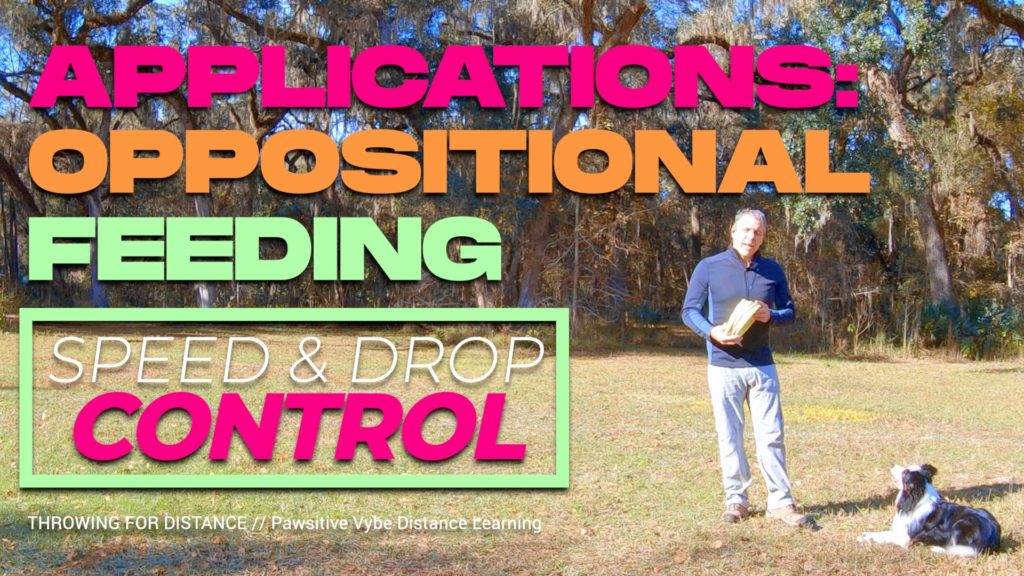
Oppositional Feeding Applications 2020
Oppositional Feeding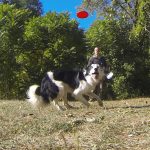 Oppositional Feeding is the opposite of Directional Feeding. The handler throws a disc in the opposite direction that the dog is moving. Oppositional Feeding is a flatwork and training technique used to slow... More is a powerful flatwork tool that can be used for many purposes. It can be used to slow a dog down, to increase drop distance, to get a dog to pay attention to the handler, and to shape flatwork patterns amongst other things including setting up a flip at a distance.
Oppositional Feeding is the opposite of Directional Feeding. The handler throws a disc in the opposite direction that the dog is moving. Oppositional Feeding is a flatwork and training technique used to slow... More is a powerful flatwork tool that can be used for many purposes. It can be used to slow a dog down, to increase drop distance, to get a dog to pay attention to the handler, and to shape flatwork patterns amongst other things including setting up a flip at a distance.
An Easily Overlooked Skill
This skill is easily overlooked as a solution for many problems. I’ve overlooked it quite a bit over the last 5 years or so, choosing to work on more sophisticated solutions to problems or behavior needs.
Reward PlacementThe dog puts his face where the Cookie or the disc happens. Where you put the reward matters. Reward Placement is huge in disc dog freestyle. Your dog’s face will always wind up... More, while often super crude and often not very elegant, is extremely effective. Oppositional Feeding relies on Reward Placement and as such is extremely successful, but the crudeness and lack of smart and sexy dog training often leads to handlers overlooking it as a solution or valid training methodology.
Don’t do that. Oppositional Feeding works and it’s pretty drop dead simple. Give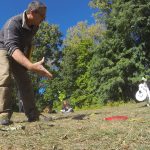 The Give is a retrieve to the hand. A cued Give is a foundational skill that is not super useful in the actual performance of disc dog freestyle, and has huge applications for... More it a shot…
The Give is a retrieve to the hand. A cued Give is a foundational skill that is not super useful in the actual performance of disc dog freestyle, and has huge applications for... More it a shot…
Shaping a Distance Flip
Eppie is pretty good at flatwork and is a really good teammate. You can see that by how quickly he adjusts to this Oppositional Feeding. He is, however, rather pushy when it comes to position. Getting him to stop further away from me than he wants is a tough prospect. I’m sorry to say that I’ve done a poor job of using the simple skill of Oppositional Feeding to shape his position and pushiness. I’ll see about fixing that in the near future…
In the session with Eppie I’m using Oppositional Feeding to get Eppie to slow down enough, or even to stop, so I can set a disc up over his shoulder for a distance flip. Getting a dog to stop at a distance is completely attainable via Oppositional Feeding, and I’m attempting to do that in this session.
We got a flip, which is great, I got him to slow down and pay attention, but it didn’t go as well as I thought it would. There are several reasons for this, largely my poor placement, something we’ll address in subsequent sessions.
But I think the idea was clearly demonstrated here. It works. I’ll be working on it in the near future, stay tuned…
Slowing the Dog Down
King is easily pattern trained. He’s kind of hard to work because he is a real go getter – super fast and aggressive – and he’s super quick to pattern train. The combination makes it pretty tough to work with him at times. Perhaps you can relate…
Oppositional Feeding can be used to take some of the aggression out of his working style and also add some thoughtful work to counter his propensity to pattern train – Oppositional Feeding can really make a dog think.
The trouble here is not falling into a pattern while working the Oppositional Feeding. It is pretty easy to fall into a predictable pattern while working Oppositional Feeding. Falling into a predictable pattern can lead to a fake response from the dog or a response that fools you into thinking that the dog “gets it” or it can lead to an unintended pattern train that results in an undesired behavioral pattern that you can easily miss. Pay attention and look for either of these problems as they can creep up on you.
I mention this because it could have been easy to stick with the out and back pattern I initially used with with King, which could easily have led to habitual missing of discs and trying to track the disc from underneath it.
Shifting to the Flank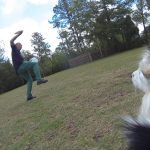 Out to the side of the handler is the Flank. If the dog is out to the handler's right or left the dog is on Flank. If the dog is moving with the... More was a good idea that made it a much more functional drill that wasn’t going to give us trouble as a team in the future.
Out to the side of the handler is the Flank. If the dog is out to the handler's right or left the dog is on Flank. If the dog is moving with the... More was a good idea that made it a much more functional drill that wasn’t going to give us trouble as a team in the future.
Again there were some execution problems here that go beyond the scope of this piece (poor angles chosen on my part), but we’ll cover that in the next couple weeks as we explore this skill and use it to shape better team movement and cooperative play.
Increasing Drop Distance
Obi has had a latent drop his whole life. We have done Oppositional Feeding before, but not systematically and not with any commitment – shame on me.
Simple Reward Placement works wonders towards extending the range on your Drop cue. It happens quick too. In the video the Drop was extended, nearly immediately, and with a bit more work, we should be able to get that to stick.
Oppositional Feeding can be combined with a Prompt SwitchA Prompt Switch is a technique for changing the cue or signal for a behavior. The new/weak cue is given, verbally or physically followed immediately by the old/strong cue. Then the behavior happens.... More for the Drop, and I almost went there in this session, but decided against it for simplicity and film production’s sake. We’ll see about putting together Oppositional Feeding with a Prompt Switch in a subsequent session.
Questions? Comments?
Feel free to hit me up with questions or comments below. This is a pretty interesting topic and an extremely useful skill, but it’s a bit tough to think about sometimes… I’ll be happy to chat about it if you want.



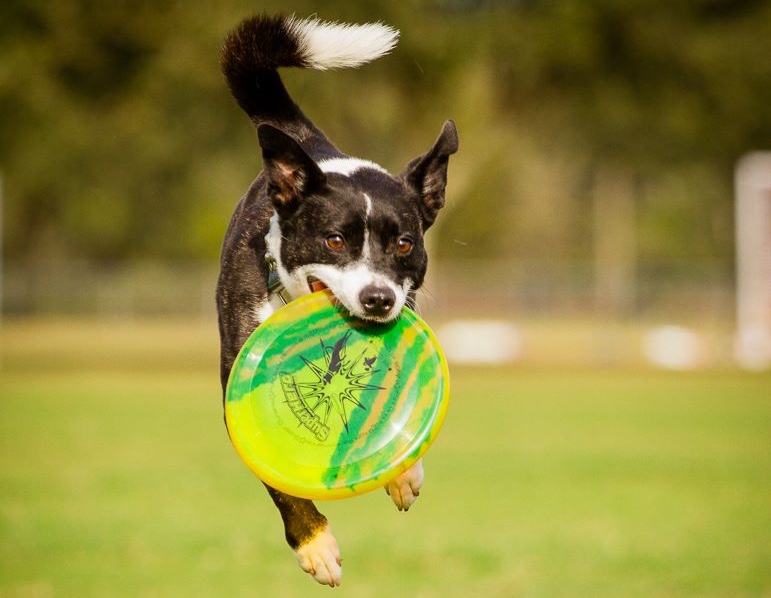
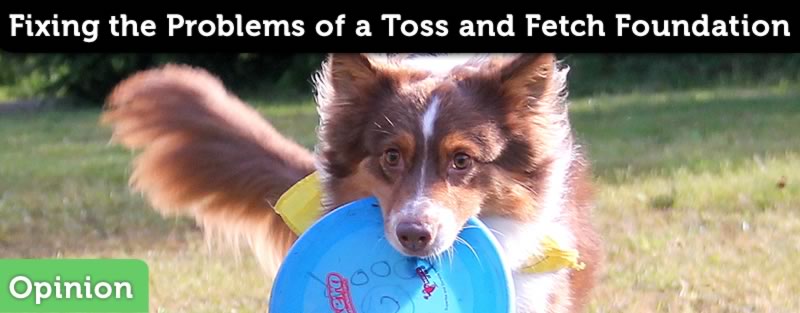

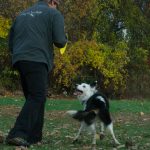
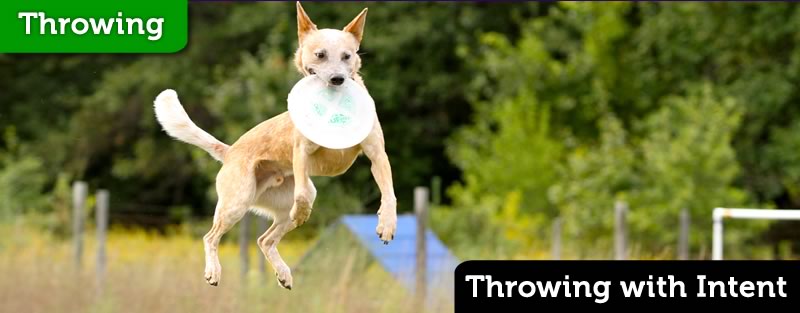
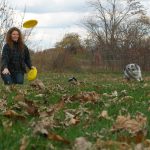
I totally agree that Oppositional Feeding works effectively and I surprised that this tool was overlooked. One session of Oppositional Feeding fixed Evi’s late and unpredictable Drop. We used it with Prompt Switch method. The result was amazing! Interestingly that Oppositional Feeding is pretty simple and easy but multipurpose tool. So we’ll try to use it at times for reducing Evi’s coming back speed and slowing down generally.
Right on Oleg! You mentioning it was helpful to the recalling of it. I’ll be doing some more work on this over the next couple weeks.
Peace~